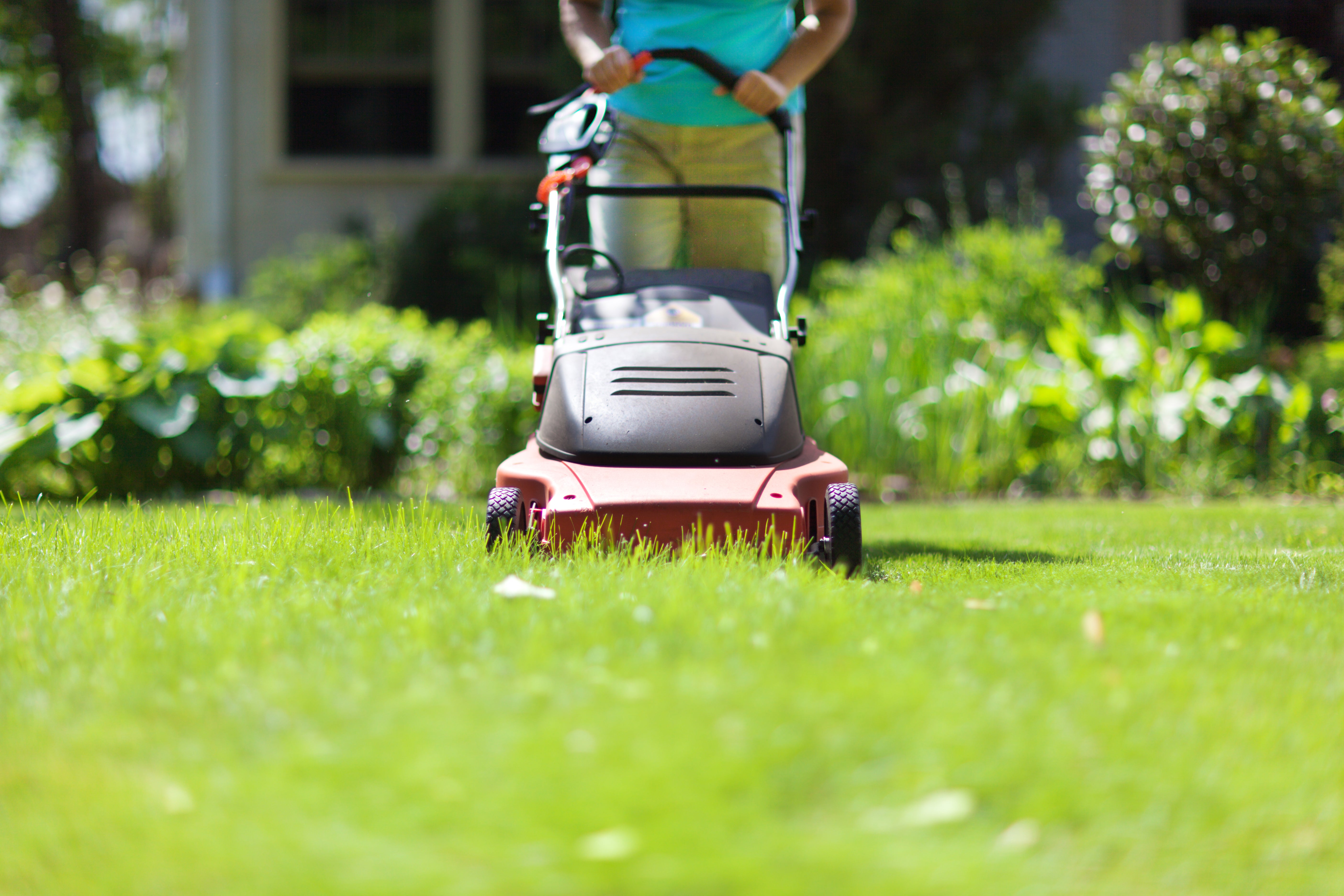Looking back, I sometimes feel I spent a disproportionate amount of my early years thinking about grass. Not that kind of course! (Indeed, when it comes to ‘that kind’, I remain an almost complete innocent – aside from a rather disappointing experience in Amsterdam about a decade ago.)
No, rather tragically, I really do just mean grass of the sort you’d find in your garden, or churned into mud at the local park. It was, in many ways, the source of great contentment. As a child, all I really wanted to do was kick a football around a manicured patch, with imagined white lines contrasting with the emerald turf. Later, when cricket took over, I spent hours examining rough patches just outside leg stump, and imagining myself taking diving catches on lush outfields.
But there were grassy downsides too: rugby lessons first thing on a Monday morning, when Mr Snape made us do commando crawls for no apparent reason over dew-saturated, worm-infested pitches; cricket matches played on fields where rocks competed with dog turds for supremacy. And the worst thing of all: our garden.
I should say first of all that the gardens created by my parents in my childhood homes were things of beauty. The energy that went into making them so, was remarkable. The house we moved into when I was seven had a large garden laid entirely to rough lawn, save for some dull conifers at the back. But my father had a vision of what it might be, and in the following years he and my mother levelled it, landscaped it, planted it up, re-sowed the grass and made it a haven.
To my eyes, it was pretty perfect. But to my dad, the painter of the canvas, every imperfection rankled – and none more so than the lawn. Back then, I struggled to understand the angst; indeed, his near-obsession with the grass, which got too much sun at the rear of the house and not enough at the front, used to drive us crazy. On several occasions, departures on family holidays were delayed because dad suddenly decided that the lawn needed to be mown. On other occasions, I would peer out of my bedroom window to see him in the gloaming, raking out moss, watering areas that had begun to brown, or reseeding bald patches.
I knew I needed advice, and who better than the lawnmeister himself to offer it. Even if dad had no magic cure, surely he would be able to suggest a longer-term plan of action
Yet just as this preoccupation was annoying, I always had a sneaking admiration for his determination to create something that might have befitted Wimbledon (tennis, not the Dons). And so perhaps it should come as no surprise that I have been thinking back to my father’s experience now that I too find myself battling with an unruly lawn.
Sited in a damp and shady spot, the small patch of grass at the front of our house has never looked good. Last summer, I decided that enough was enough – it was time to stop tinkering at the edges and start afresh. What was left of the old grass was dug up, the area was levelled and new turf laid. I watered it regularly, cut it appropriately, and as summer turned to autumn, the whole thing was a picture.
But over the winter, something has gone wrong. The grass, once so lush, is a disreputable mess; moss is rampant and mud predominates. I knew I needed advice, and who better than the lawnmeister himself to offer it. Even if dad had no magic cure, surely he would be able to suggest a longer-term plan of action.
When he came to see us the other day, he looked at the area carefully, cagily, the great grass-grower brain whirring.
“I think if I were you, I would just dig it up and put some patio slabs down,” he concluded.
And with that, the scales fell from my eyes. The man who I had watched for 40 years desperately trying to keep his turf in good nick, would not wish the battle on another. He had fought the lawn, and had come to know that the lawn will always win in the end.
He’s right too. I know I will need to spend many hours to get things looking half decent, and the whole thing will become a desperate cycle. And to what real purpose?
Sod it though, I’m not giving up yet.






Join our commenting forum
Join thought-provoking conversations, follow other Independent readers and see their replies
Comments